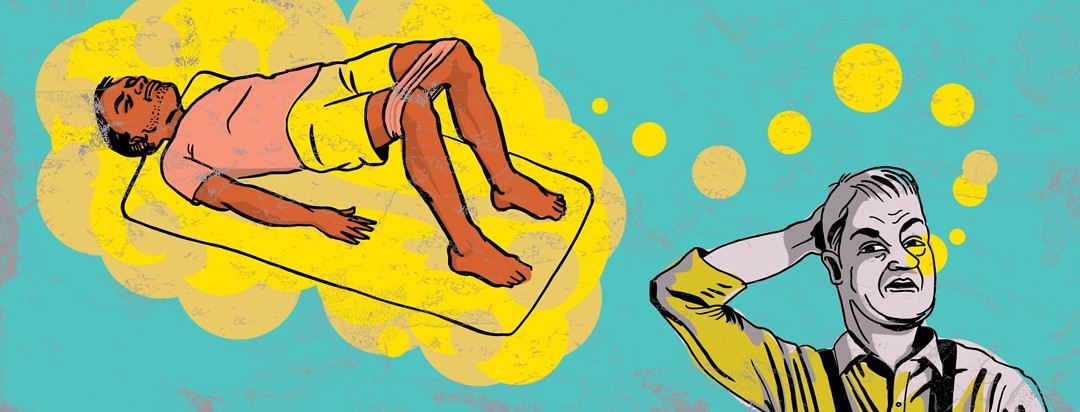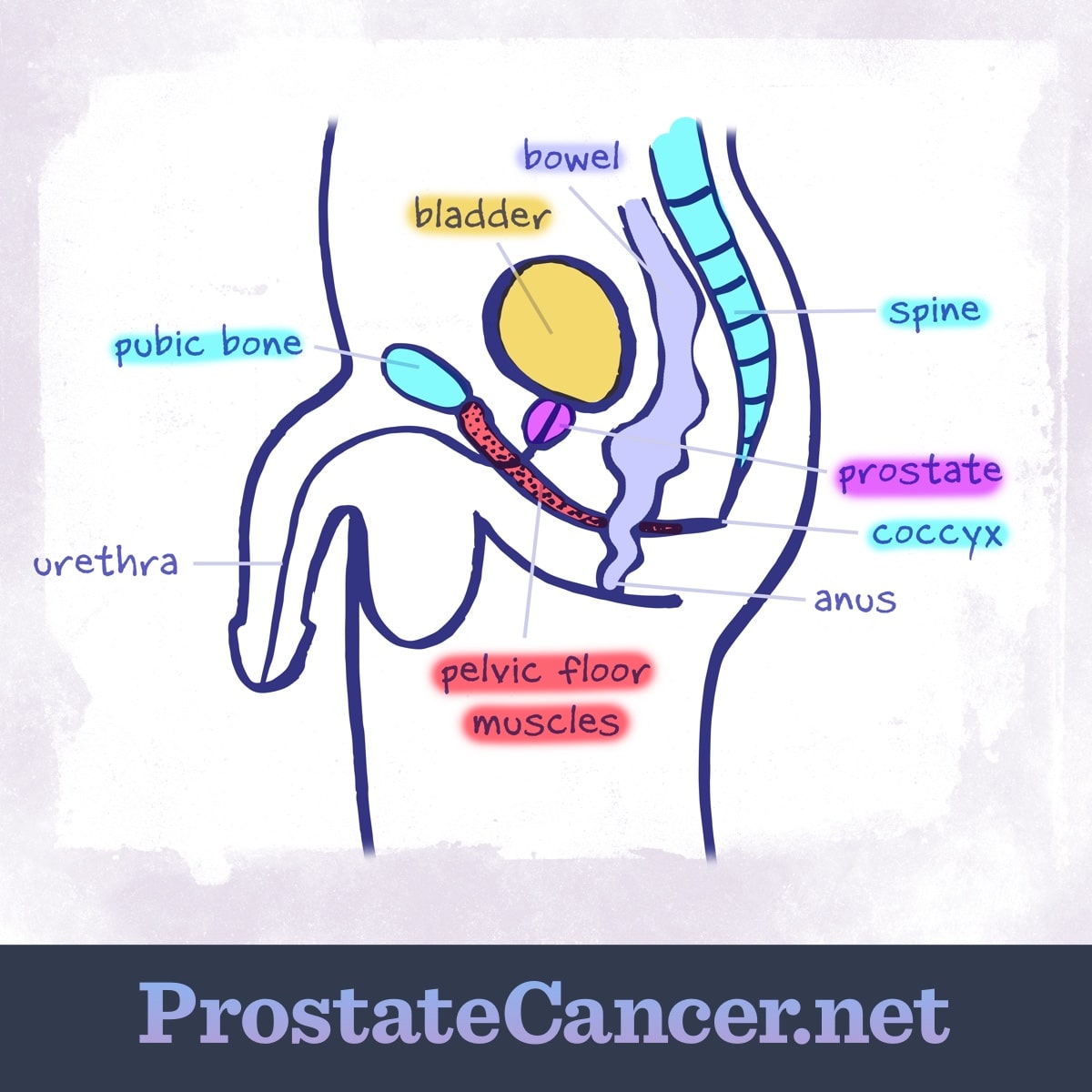Why and When to Start Kegels?
The prostate sits at the base of the bladder providing shelf-like support. So, when the prostate is removed due to disease state, the change of anatomy can affect bladder control.
Why do Kegels following a prostatectomy?
Strengthening the entire pelvic floor improves the support of the bladder, fighting gravity effectively, and allowing the external sphincter a better “angle of pull.” Pelvic floor exercises (Kegels) also improve the strength of the external sphincter, which directly helps hold the urethra closed for bladder control.
What the heck is the external sphincter? It is a small circular muscle that helps to hold the bladder closed by contracting and relaxes to allow the bladder to empty. It is like holding a water balloon closed with your fisted hand. Your hand is the “external sphincter.” This important little muscle is part of the pelvic floor.
What is the pelvic floor?
The pelvic floor is made up of groups of muscles that function to both support of the bladder and maintain closure of the urethra. These muscles are skeletal (also called striated – not smooth muscles like the bladder or intestines), meaning that we can voluntarily strengthen these muscles through exercise. YAY!
A Kegel is a contraction of the pelvic floor. The hard part about Kegels is that you cannot “see” anything happening when you exercise these muscles, so it can be hard or frustrating to try to start a program on your own.
Please see Kegels 101 to get started!
When should I start these exercises?
Unless you have just had surgery and still have the catheter in, you should be able to start now! Early intervention (starting now) can potentially help men gain bladder control back more quickly.1
Benefits of starting exercises early
Basically, it can’t hurt to start doing Kegels now. Doing your pelvic floor exercises before surgery has several advantages.
- Kegels can only help.
- It is easier to learn how to do the exercises before surgery.
- You can build strength.
If you have already had surgery, check with your surgeon about when they are comfortable with you starting your Kegels. It definitely will not be while you have a catheter in! Check out Keep on Kegeling for tips on starting and progressing your pelvic floor strengthening program.
How long do I need to keep doing Kegels?
Well, forever . . .
These exercises should be done for life. Gravity will continue to play a role in bladder position, and aging does diminish strength. So, in order to maintain good bladder control, patients must remember the mantra “use it or lose it” when it comes to Kegels.
This applies to people who may have temporary loss of bladder control after surgery and people who are fortunate enough to regain bladder control almost immediately. We have seen prostatectomy patients start leaking urine years after their surgery despite reporting no urinary incontinence initially following surgery. This is due to the combination of the change in anatomy (no prostate) and weakening of muscles.
Bottom line – be proactive and start NOW!
Best wishes for a strong recovery!
Your Prostate PT,
Erin


Join the conversation